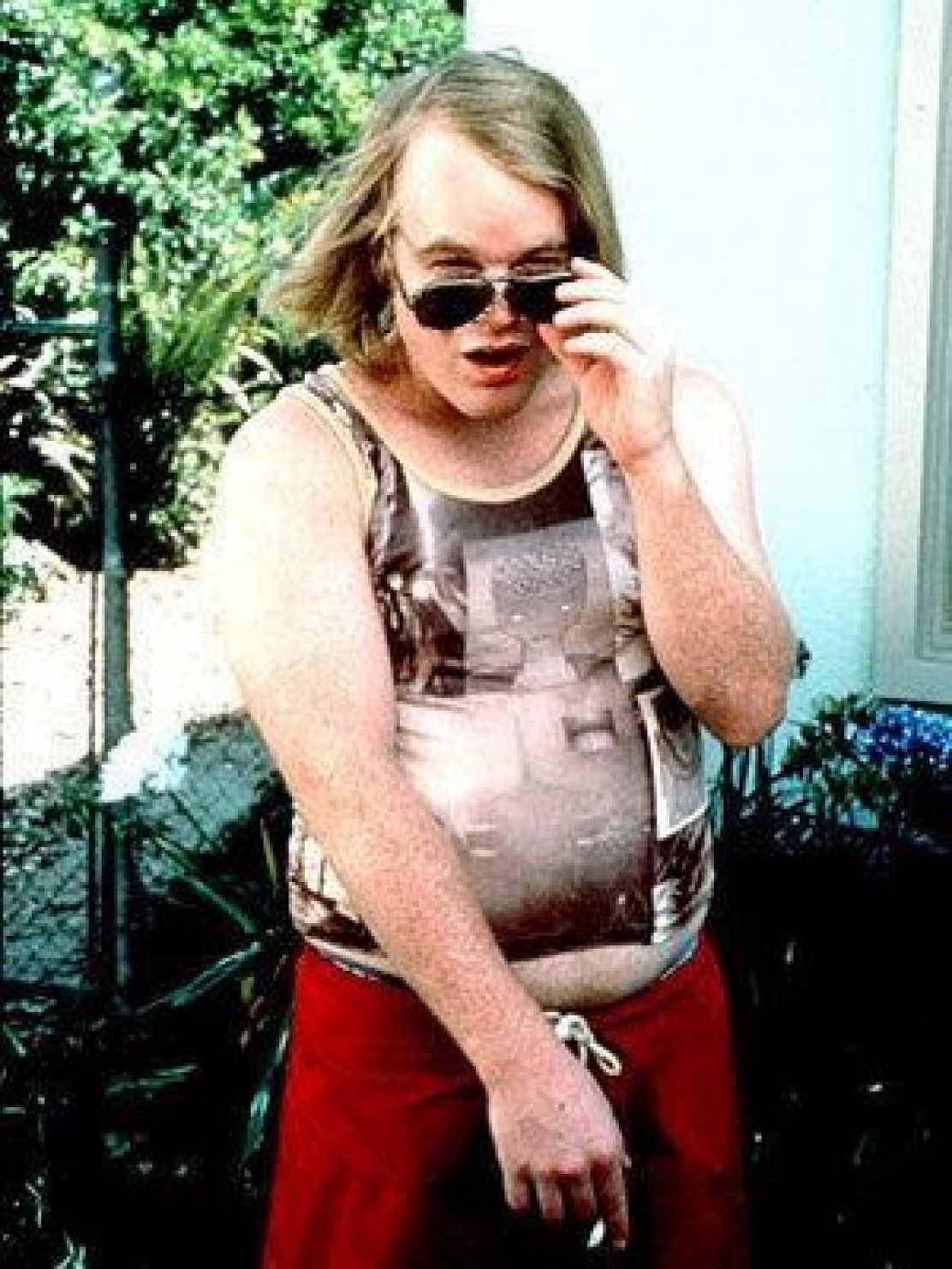The famously cryptic word. It originally refers to paper art (cutting). How then, is it arguably the most utterly cinematic concept of all? Mise en scene, for example, was a phrase conceived to talk about plays, which obviously have far more in common with films than cutting paper. Montage too, refers to cinema specifically, and has its origins in Eisenstein and Kulashov. So how do all these concepts affect a film, and can they be used in conjunction with each other?
I’ll start by briefly going over the three concepts, in order of easiest to understand (in my opinion) and explain to hardest. Montage is, at its core, an editing technique. I’ve noticed that ‘montage’ and ‘montaggio’ are used in the credits of foreign films, French and Italian, to denote the editor. I think this is telling, and while there may not a strict definition, it is acceptable to understand ‘montage’ as editing. This may be simply because it’s the most common form of editing. It creates time and space, elements obviously integral to a film.
Mise en scene is, as I mentioned, an old term, initially discussing plays. It refers to everything within a scene. This ostensibly means the set, the actors, the props, but on further questioning can be seen to describe the atmosphere and even coverage of a scene. It is notoriously hard to define, and I don’t know if I’ve earnt the right to do it, but I’m going to assign it a temporary definition for the sake of this discussion: the visual and non visual aesthetic of a film.
And lastly, Decoupage. In my research I finally came across a quote which made it finally click (somewhat) in my brain. It’s from Timothy Barnard, and goes as follows: ‘an understanding … that sequencing was conceived before and during the shooting of a film, not in the cutting, and that the camera played not merely a pictorial role but instead structured the film through its formal treatment and sequencing of the mise en scène.’ Big quote. I’ll leave it at that as far as defining decoupage because I’m sure it does a better job than me.
I think that at the core of these three concepts is an interrelationship. Barnard’s description of decoupage hinges on an understanding of mise en scene. If decoupage is the form, then mise en scene is the meaning. But can meaning also come from form? Of course. Consider a scene’s literal mise en scene – that is, the set, actors, lights. The scene’s decoupage would influence how the mise en scene affects an audience. If the scene’s coverage was largely conceived to highlight, for example, a romance, then the light would take on a certain meaning, and the actors’ performances would be read a certain way – this can be achieved through the preconception of a scene’s decoupage.
Where, then, does montage fit into this odd trinity? The above definition of decoupage presupposes a lack of power in montage as a post-production element, but I think grants it power in pre-production and production. The director takes on the role of montage himself, making cuts with the camera rather than with the scissors. Instead of shooting a coverage, and handing over the rushes and reins to the editor, he shoots a decoupage, which influences the editor and informs a certain edit. This is assuming that they are totally separate roles, which, of course, is rarely the case.
I think doing research helped me shuffle around and evaluate what a lot of confusing terms really meant in the greater scheme of filmmaking. I read immensely confusing pieces of writing on all three concepts, and I still have very little grasp on Bunuel’s writing on decoupage, but I think I’ll revisit it after writing this and developing a greater understanding of the term.
